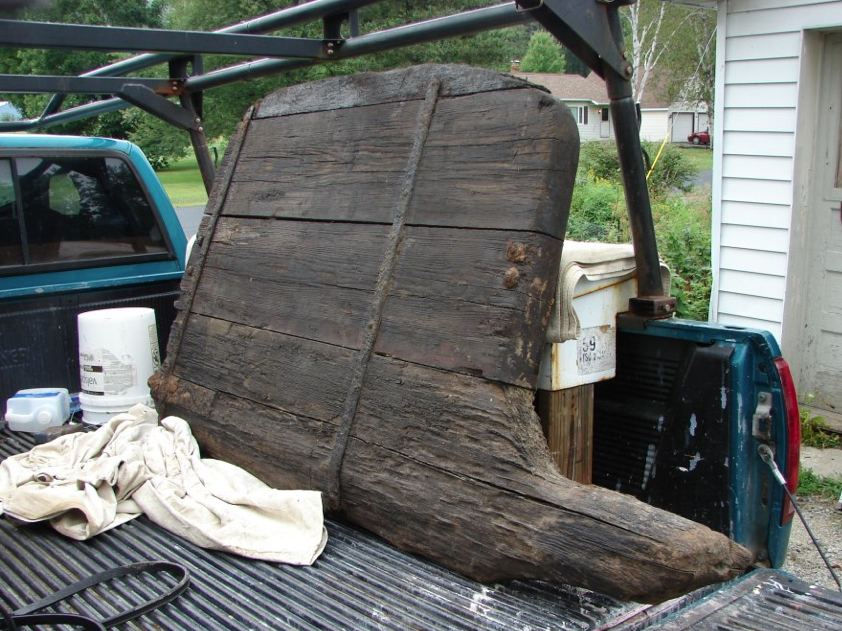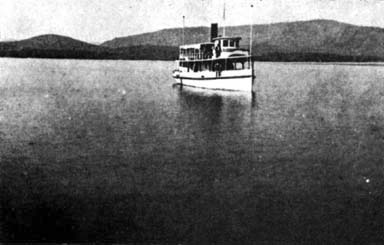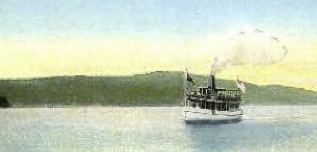What Lies Beneath The Lake: Incredible Schroon History
/
Photo: Courtesy Tim Botterbusch
The Schroon North Hudson Historical Society has added to its collection a significant piece of Schroon Lake history – the rudder from one of two grand steamers which once graced our fine lake. According to Tim Botterbusch, from the historical society, the rudder (pictured above) came from either the Efingham, or the Evelyn. From Tim:
“The boats were burnt in different locations on the lake.The rudder was found in about 20 feet of water at the very north end of the lake It was found by some people who have a camp just north of Terra-Alta. They salvaged it from the lake and had it preserved and donated it to the museum.The fires were deliberate. It is my understanding that they were destroyed back in the 1950s.
I thought both were burnt off Keppler's point, but now it seems quite possible that one was destroyed north of Terra-Alta.To this date one prop, two anchors and now one rudder have been salvaged. The rudder was discovered in the summer of 2001 and removed from the water Aug.18, 2011".
 The Effingham, circa 1880. From a S. R. Stoddard original. Ccourtesy of the Steamship Historical Society Collection, University of Baltimore Library. The Effingham sunk in 1919
The Effingham, circa 1880. From a S. R. Stoddard original. Ccourtesy of the Steamship Historical Society Collection, University of Baltimore Library. The Effingham sunk in 1919
So what was the role of the steamers on Schroon Lake? During the 1880s, visitors to the eastern Adirondack region from southern New York would travel by train to Riparius, NY. They would board a stagecoach and travel to Pottersville at the southern end of Schroon Lake and board a steamboat, either the Effingham or the Evelyn. The steamboats would proceed north up the lake and drop guests off at the Grove Point House and the Leland House. The steamboats ran from June through October; the remaining part of the year, the stagecoach ran to Riverside.During the off season, the Effingham pushed logs down the lake to Schroon River.

The Effingham. Courtesy The Schroon Laker Collection
The Effingham was built in 1879 by Waters of Whitehall. It operated by steam generated from burning large, four-foot long logs in the boiler on board. The steamboat made three trips daily up and down the lake.
Know more about this story? Tell us in comments or sail an email our way at schroonlaker@me.com









